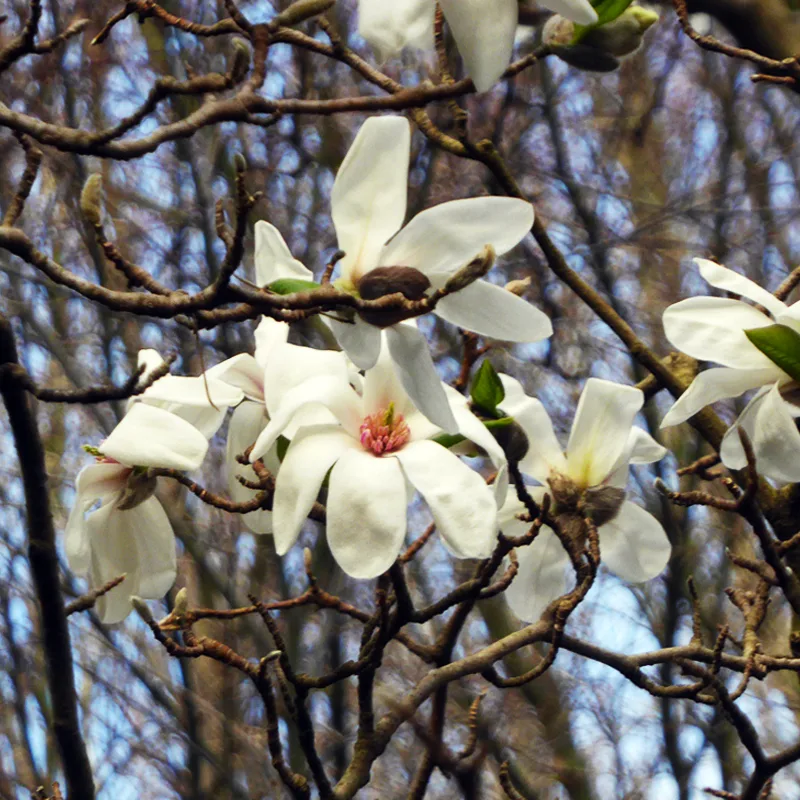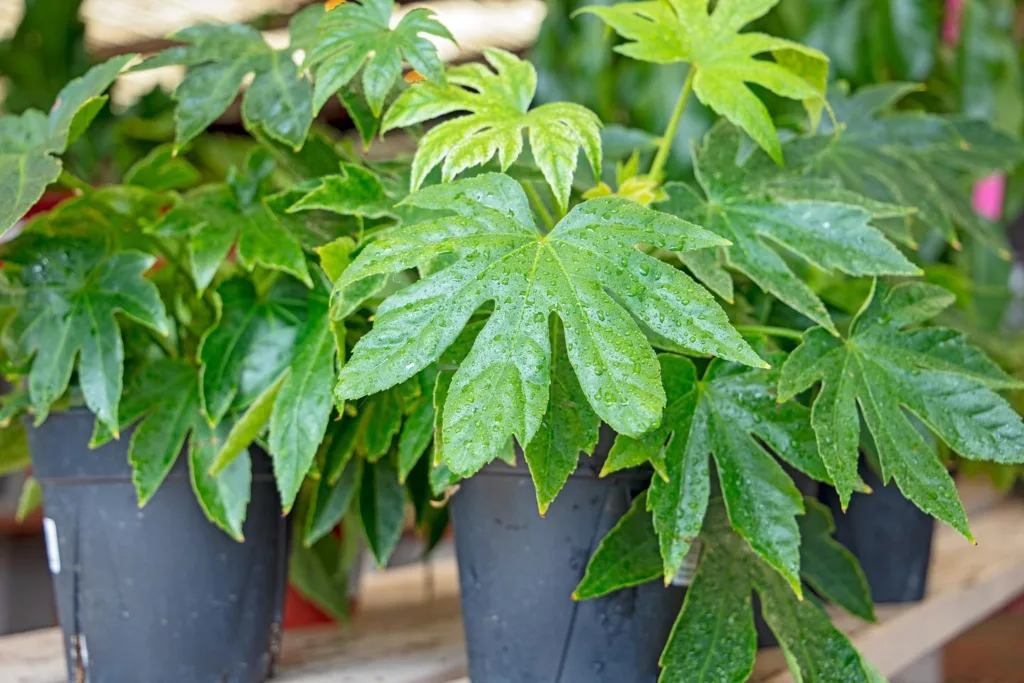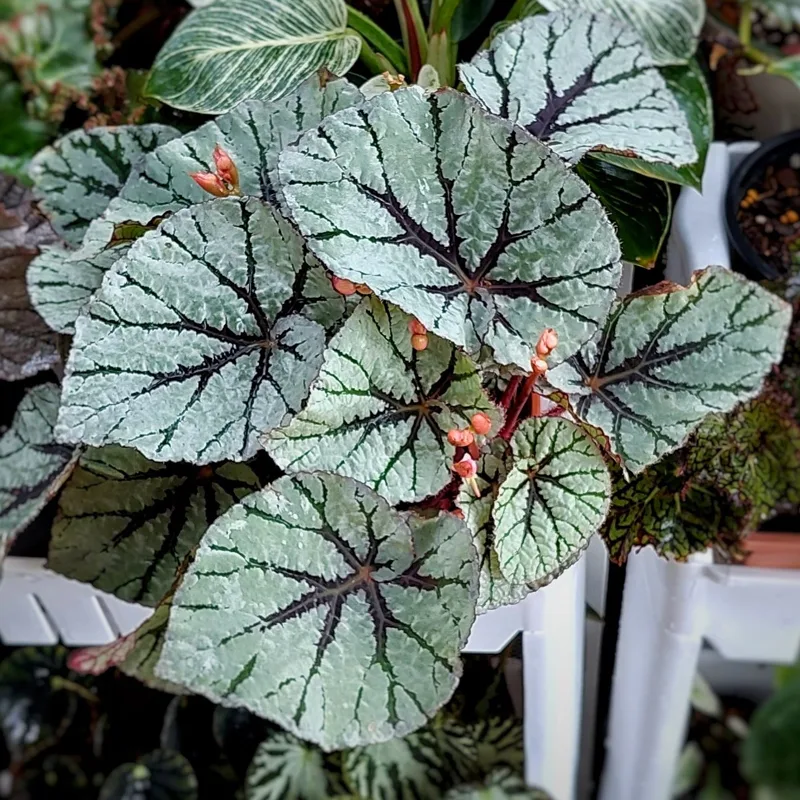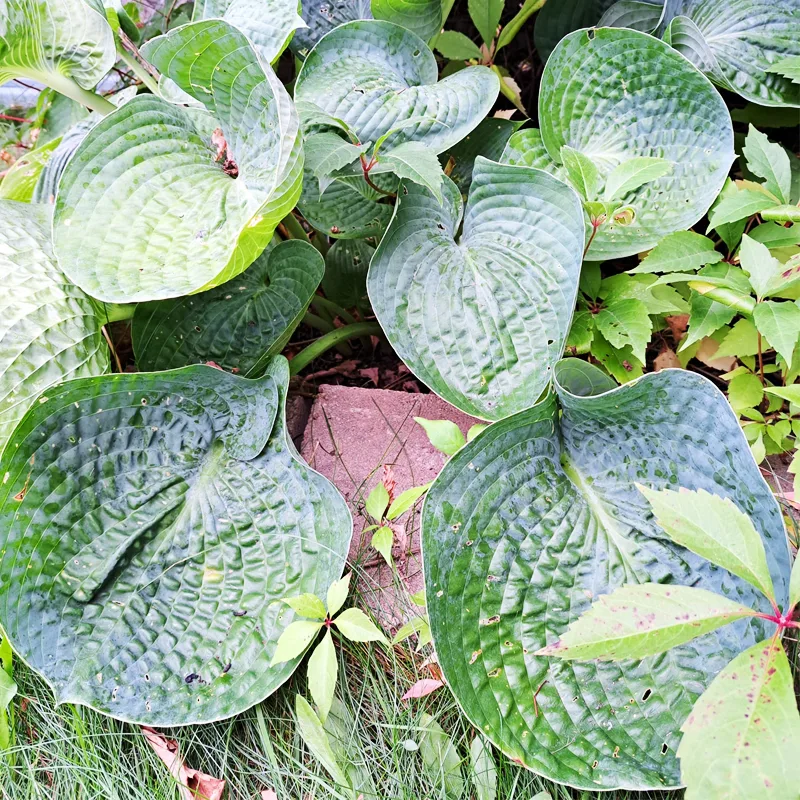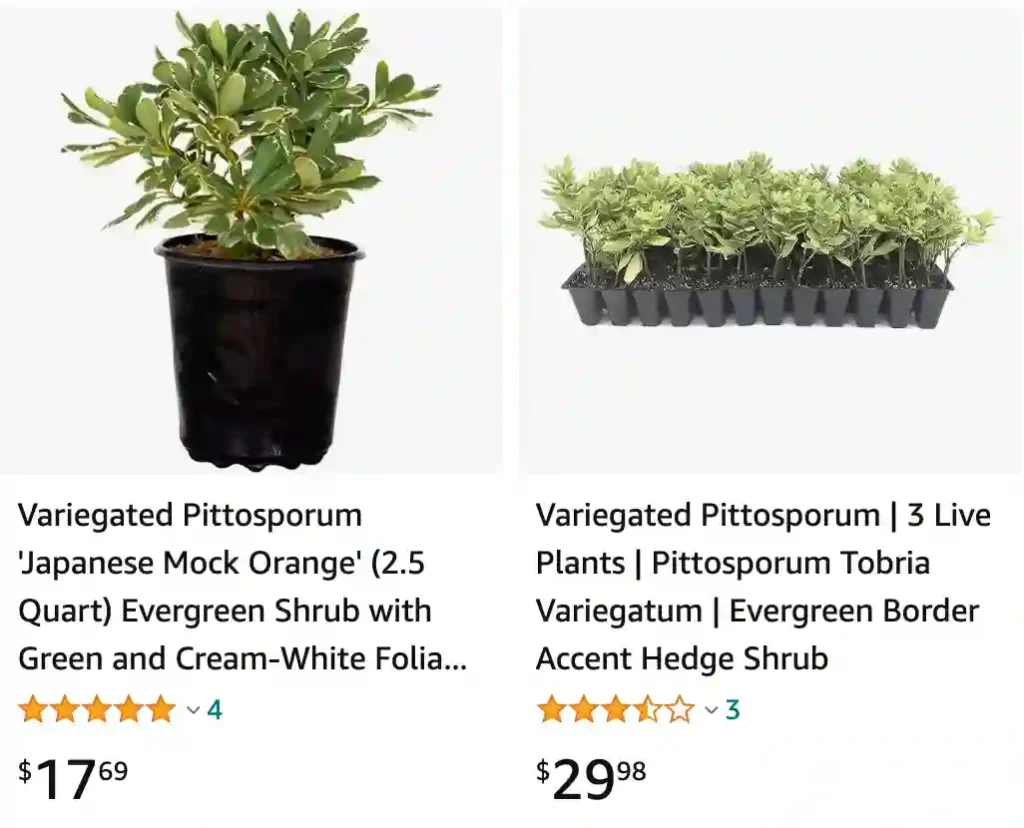
My Journey with Mojo Pittosporum: A Gardener’s Delight
I’ve always been fascinated by the variety and beauty of plants, and recently, I embarked on a journey with one particularly captivating plant: the Mojo Pittosporum. Also known as Mojo Japanese Pittosporum, this plant has proven to be a delightful addition to my garden. Let me share my experience and insights about this remarkable plant.
256 Species in Genus Pittosporum
What is Mojo Pittosporum?
Mojo Pittosporum, scientifically known as Pittosporum tobira ‘Mojo’, is a compact, evergreen shrub that boasts glossy, variegated leaves with a distinctive yellow edge. It’s a versatile plant that can be used for hedges, borders, or as a standalone ornamental shrub. Its dense foliage and attractive appearance make it a popular choice among gardeners.
Where to Buy Mojo Pittosporum?
Finding a reliable source for purchasing Mojo Pittosporum is crucial to ensure you get a healthy plant. I found mine at a local nursery that specializes in ornamental shrubs. Many reputable nurseries and garden centers carry Mojo Pittosporum, and you can also find it at online plant retailers. When buying online, make sure to choose a seller with good reviews and preferably one that offers a guarantee on their plants.
How to Grow Mojo Pittosporum?
Growing Mojo Pittosporum is relatively straightforward, even for novice gardeners. Here’s how I’ve managed to successfully cultivate mine:
- Location: Choose a spot that receives full sun to partial shade. Mojo Pittosporum thrives in well-drained soil and can tolerate a variety of soil types, including sandy and clay soils.
- Planting: When planting, dig a hole twice as wide as the root ball but no deeper. Place the plant in the hole and fill it with soil, ensuring that the top of the root ball is level with the soil surface. Water thoroughly after planting.
- Watering: While Mojo Pittosporum is drought-tolerant once established, it’s important to water it regularly during the first growing season to help it establish a strong root system. After that, you can reduce the frequency of watering.
- Fertilizing: I apply a balanced, slow-release fertilizer in the spring to promote healthy growth. Be careful not to over-fertilize, as this can harm the plant.
How to Care for Mojo Pittosporum?
Caring for Mojo Pittosporum is quite manageable. Here are a few tips based on my experience:
- Pruning: Regular pruning helps maintain the shape and size of the shrub. I prune mine in early spring before new growth begins. Remove any dead or damaged branches to encourage healthy new growth.
- Mulching: Applying a layer of mulch around the base of the plant helps retain moisture and suppress weeds. I use organic mulch, such as bark or compost, which also adds nutrients to the soil.
- Pest and Disease Control: Mojo Pittosporum is relatively pest-resistant, but it’s a good idea to keep an eye out for common garden pests like aphids and scale. If you notice any, treat them promptly with insecticidal soap or neem oil.
Is Mojo Pittosporum Hardy?
One of the standout features of Mojo Pittosporum is its hardiness. This plant is quite resilient and can withstand a range of environmental conditions. It is hardy in USDA zones 8-11, making it suitable for regions with mild winters. In colder areas, it might require some protection during severe frost. I’ve found that providing a layer of mulch around the base of the plant can help insulate the roots during colder months.
Will Deer Eat Mojo Pittosporum?
If you live in an area where deer are prevalent, you’ll be pleased to know that Mojo Pittosporum is generally deer-resistant. Deer tend to avoid the glossy, thick leaves of this plant, which means you can enjoy its beauty without worrying too much about deer damage. However, no plant is completely deer-proof, so it’s always a good idea to monitor your garden and take additional protective measures if necessary.
How to Propagate Mojo Pittosporum?
Propagating Mojo Pittosporum can be a rewarding process. Here’s how I’ve done it:
- Cuttings: The most common method is by taking cuttings. In late summer, take semi-hardwood cuttings about 4-6 inches long. Remove the lower leaves and dip the cut end in rooting hormone.
- Planting Cuttings: Plant the cuttings in a pot filled with a well-draining potting mix. Keep the soil moist and place the pot in a location with bright, indirect light. With patience and care, the cuttings will develop roots and can be transplanted into the garden.
What to Plant with Mojo Pittosporum?
Mojo Pittosporum pairs beautifully with a variety of plants. I’ve had great success combining it with other shrubs and perennials. Some excellent companions include:
- Lavender: Its purple blooms and fragrant foliage complement the variegated leaves of Mojo Pittosporum.
- Roses: The bold colors of roses create a stunning contrast against the subtle hues of Mojo Pittosporum.
- Ornamental Grasses: These add texture and movement to the garden, enhancing the visual appeal of Mojo Pittosporum.
In conclusion, Mojo Pittosporum has been a delightful addition to my garden, offering year-round beauty with minimal maintenance. Whether you’re an experienced gardener or just starting out, this versatile and hardy shrub is sure to bring joy to your outdoor space.
If i die, water my plants!
